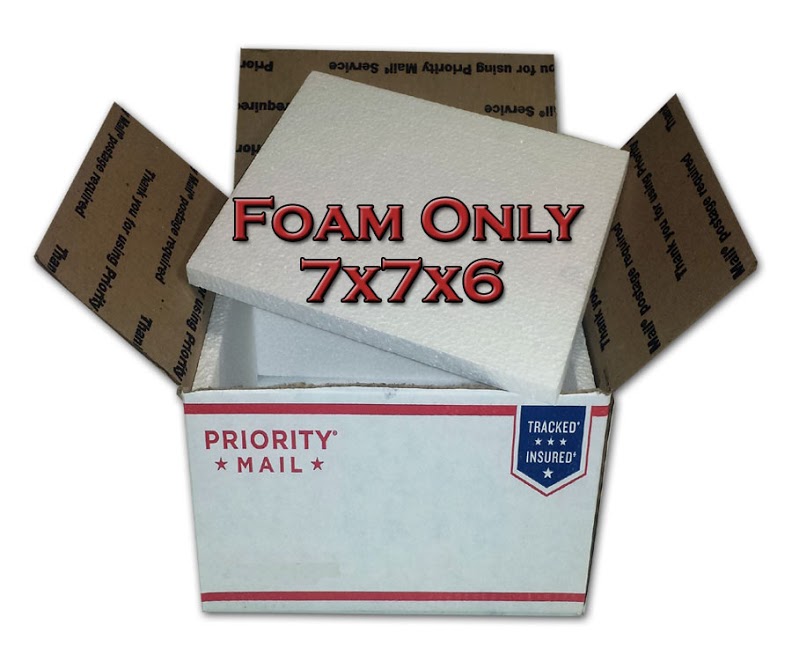
Our analysis shows that virtually every 2019 FCPS weight/zone combination carries a higher rate than 2018 weight-based pricing.ĭespite these changes, FCPS is still the lowest cost way to get packages under one pound to their destination in one to three days. Starting this year, FCPS rates consider both weight and destination zone. Historically, FCPS pricing was based solely on weight, regardless of destination zone. The main driver of this year’s FCPS rate increases is the introduction of FCPS zone-based pricing. USPS will continue to offer a single Commercial rate category for FCPS, with FCPS Commercial packages being limited to no more 15.999 ounces. This year, while Commercial Base and Commercial Plus categories will be offered for PME and PM services, the two rate categories will offer identical pricing.

These numbers are averages across all rate categories. Increases on specific services were generally similar to prior years, with the exception of FCPS rates, which saw a 12% jump. Our calculations show USPS raised domestic package rates an average of over seven percent. Based on this analysis, below is a review of the USPS changes, their impact on shipping costs, and how sellers can mitigate that impact. ShippingEasy’s E-commerce Seller’s Guide to Shipping Rate Changes analyzes the annual changes using the anonymized shipping data that flows through our software.

As they do every year, USPS and all the major shipping carriers have rolled out rate increases and process changes for 2019.


 0 kommentar(er)
0 kommentar(er)
